Battery or fuel cell trucks? A real-world comparison at two waste management firms in Germany
Fuel-cell or battery-electric trucks to collect waste? Both types are increasingly finding their way into municipal waste disposal companies. We asked around in Freiburg and Munich where one waste management company is currently testing two fuel cell refuse collection vehicles, the other an all-electric roll-off tipper.
* * *
Freiburg’s waste management company (ASF) has worked with various electric vehicles for many years. So far, it has deployed 17 vehicles: small sweepers, forklifts, vans and cargo bikes of different makes, with battery capacities designed for daily trips of up to 100 kilometres. By 2030, ASF aims to have converted its fleet of around 170 vehicles, including company cars, to alternative drive systems.
Another step towards this goal was ASF recently starting to use two waste collection vehicles from Germany’s Faun Umwelttechnik powered by fuel cells and a payload of eleven tons. “I am convinced that in the heavy-duty commercial vehicle sector, fuel cells are more forward-looking than pure e-drives,” says Michael Broglin, Managing Director of ASF. According to the managing director, the new collection vehicle’s payload of eleven tons is as high as a conventionally powered diesel truck. Its range of approximately 200 kilometres also meets the requirements of daily tours.
In addition to the environmental aspect, these two factors were decisive in choosing the fuel cell vehicles. With the two Faun trucks, ASF could save up to 60 tons of CO2 a year during the daily collection of organic and paper waste. “We’ve also achieved significantly lower noise emissions for our drivers, and the waste workers behind the vehicles are no longer standing in the exhaust fumes – their reaction so far has been positive all around,” says Broglin. Drivers who have been using the H2 vehicles no longer want to switch. The plan is to use twelve more collection vehicles with climate-friendly technology in Freiburg by the end of 2023.
Faun, a commercial vehicle manufacturer based in Osterholz-Scharmbeck, has been adapting fuel cells for commercial vehicles for several years at its headquarters north of Bremen. In Faun’s so-called Bluepower chassis, fuel cells are combined with a battery. In the Freiburg models, the fuel cell has 30 kW and the battery’s energy content of 85 kWh. The latter provides additional energy during acceleration and absorbs recuperation energy – an elementary task in the everyday stop-and-go traffic of waste management.
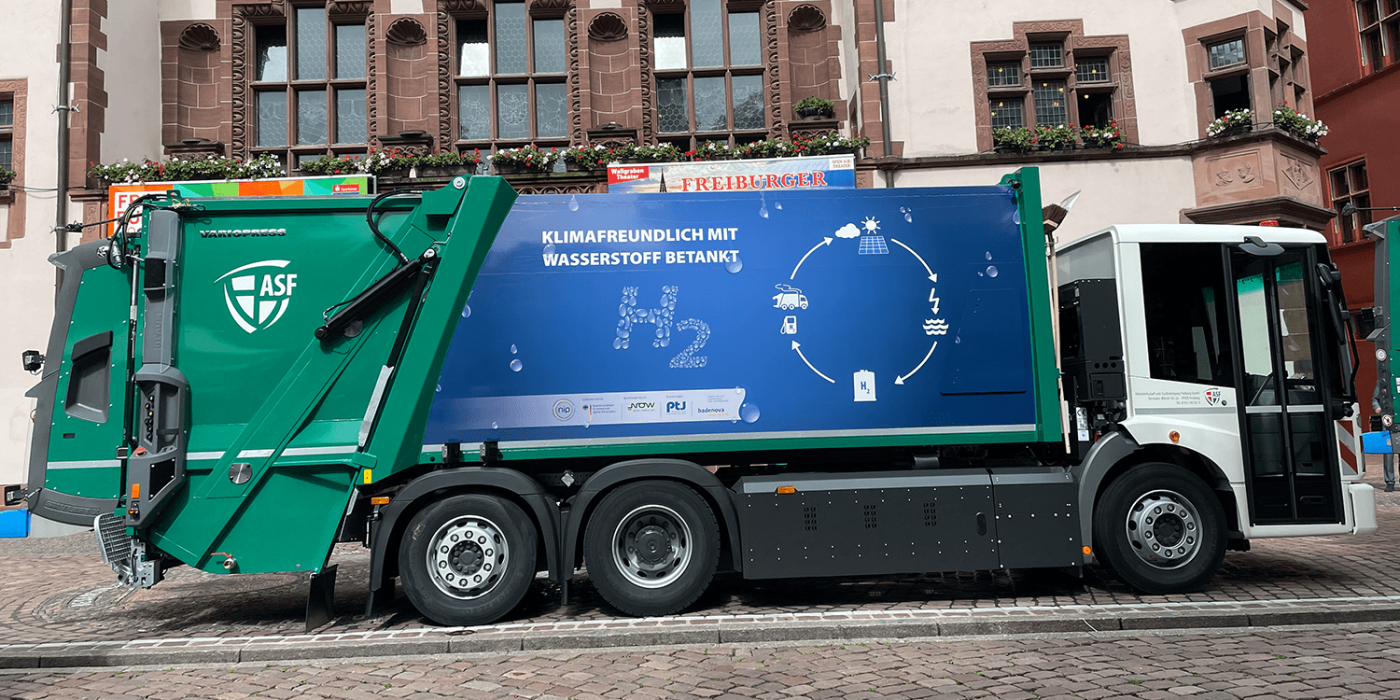
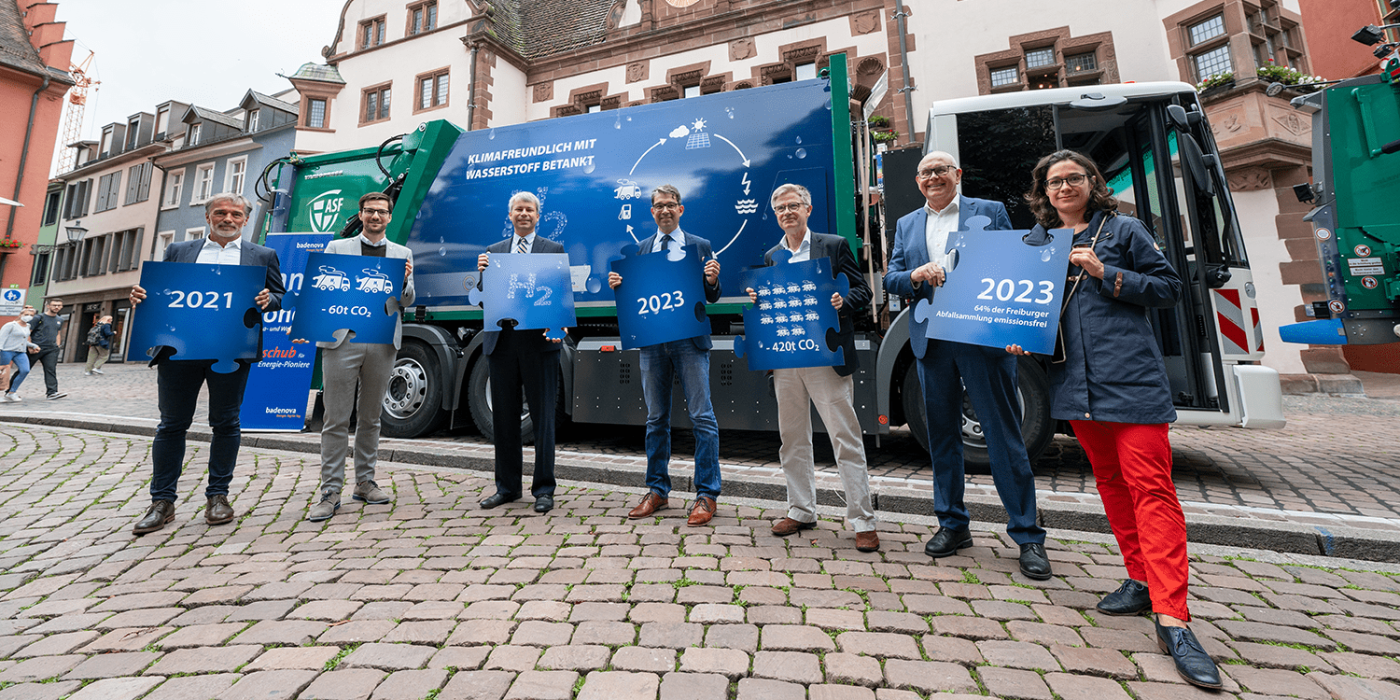
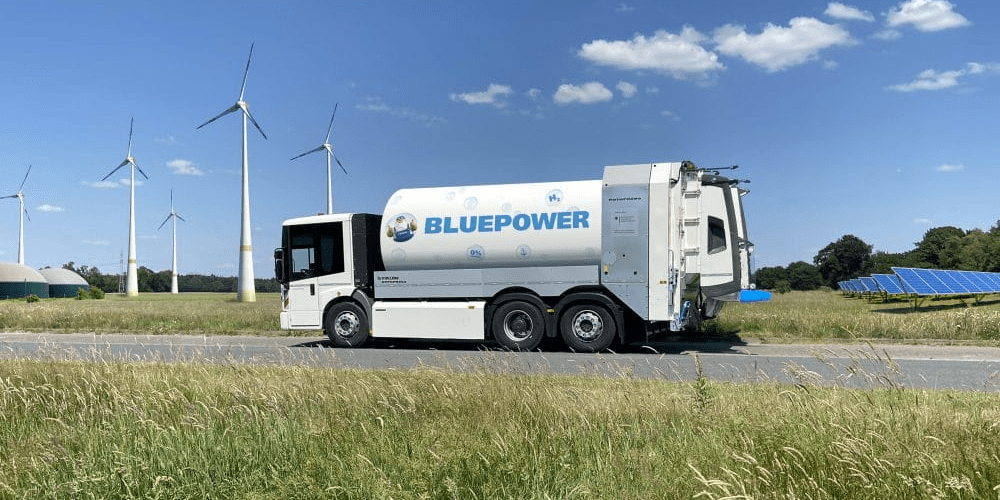
“We chose the fuel-cell variant because we can charge the vehicles and refuel them with hydrogen. At the moment, we get by with one tank filling per week,” the managing director tells us. The tank capacity for hydrogen is 16.4 kilograms at 700 bar. He says that no green hydrogen from renewable energy is available yet, but that should change soon. “Otherwise, things won’t add up,” says Broglin. Currently, the power supply at ASF is being converted to medium voltage to guarantee the electrical energy supply is better. In this course, the charging infrastructure, including charging management, will also be adapted. In total, ASF has 70 AC charging points with 22 kilowatts (kW) and one DC charger with 40 kW, which the company built in cooperation with the local energy supplier.
ASF’s share of electric vehicles is expected to grow significantly. The plan is to be exclusively all-electric in 2025 in the city cleaning sector, where lighter vehicles are predominantly used. For heavy-duty vehicles, Broglin expects to have made the switch to zero-emission operation by 2030.
The acquisition costs of the two hydrogen-powered waste collection vehicles – around 1.44 million euros (net), three times as much as conventional diesel trucks – were covered to about 75 per cent by federal subsidies. A grant of around 925,000 euros (net) was provided by the German Federal Ministry of Transport and Digital Infrastructure. An additional grant of 150,000 euros (net) was provided through the Innovation Fund of badenova AG & Co. KG. ASF also received funding for most of the other e-vehicles.
Alternative drive systems for heavy commercial vehicles are also on the rise at the waste management company in Munich (AWM). For example, for about a year, the municipal waste disposal company has been using Volvo FE Electric roll-off tipper for container logistics from the recycling centres to a nearby disposal facility. The 27-ton truck is equipped with four lithium-ion batteries, each with 50 kWh, and is on the road throughout the Bavarian capital.
AWM had already put a comparable vehicle with roll-off tipper and diesel hybrid technology from Volvo Trucks into operation in 2012. “We had a very good experience with that. Now taking the next step with this all-electric truck is the logical consequence,” says Reinhold Bauer, AWM’s fleet manager. He discovered the FE Electric at a trade fair two years ago, was immediately taken with it and initiated the tender for its procurement. The vehicle has been subsidised at 90 per cent of the additional cost compared to a diesel truck.
“Our drivers love it because it’s quiet, innovative and beautiful,” he says. The payload is more than 14 tons, and the range is about 100 kilometres. “For our special use and testing, that’s enough for now,” he adds. However, he says he initially assumed that there would be enough fast-charging stations in the city where the vehicle’s battery could be temporarily charged. However, Bauer was disappointed to discover that there is only one suitable charging station in the whole of Munich.
“We need 700 volts of voltage, but most charging stations are only designed for 500 or 600 volts,” he realised, after first believing the Volvo charging cable was broken. Even the charging point that is suitable in itself cannot be approached: “When we drive there, we block the rest of the service station, and the operator is understandably less than thrilled about that,” Bauer describes.
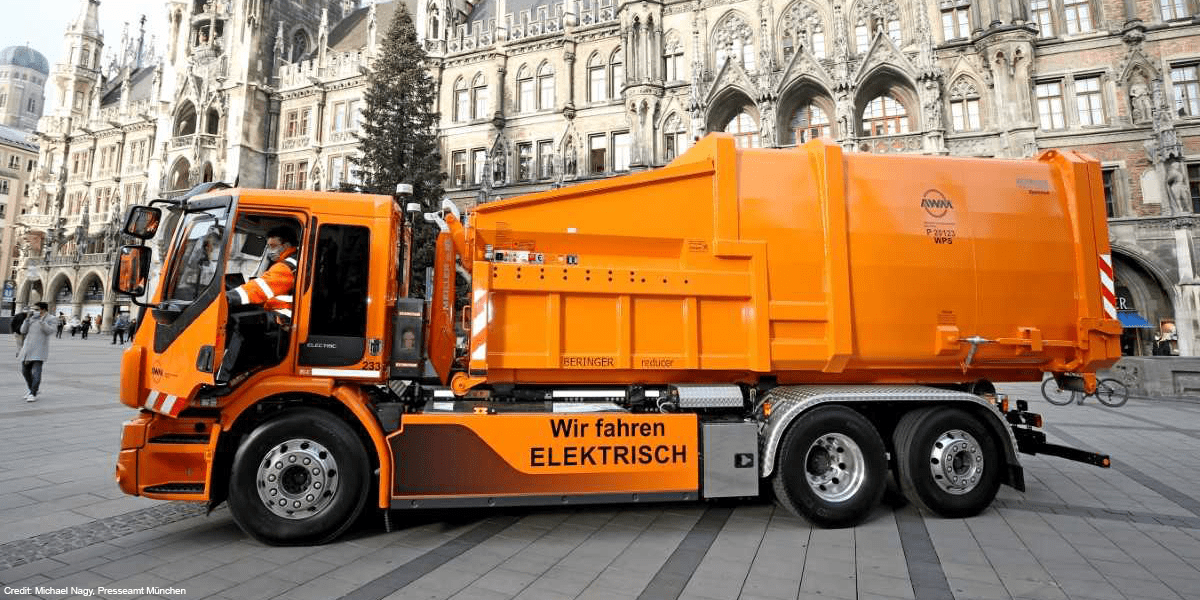
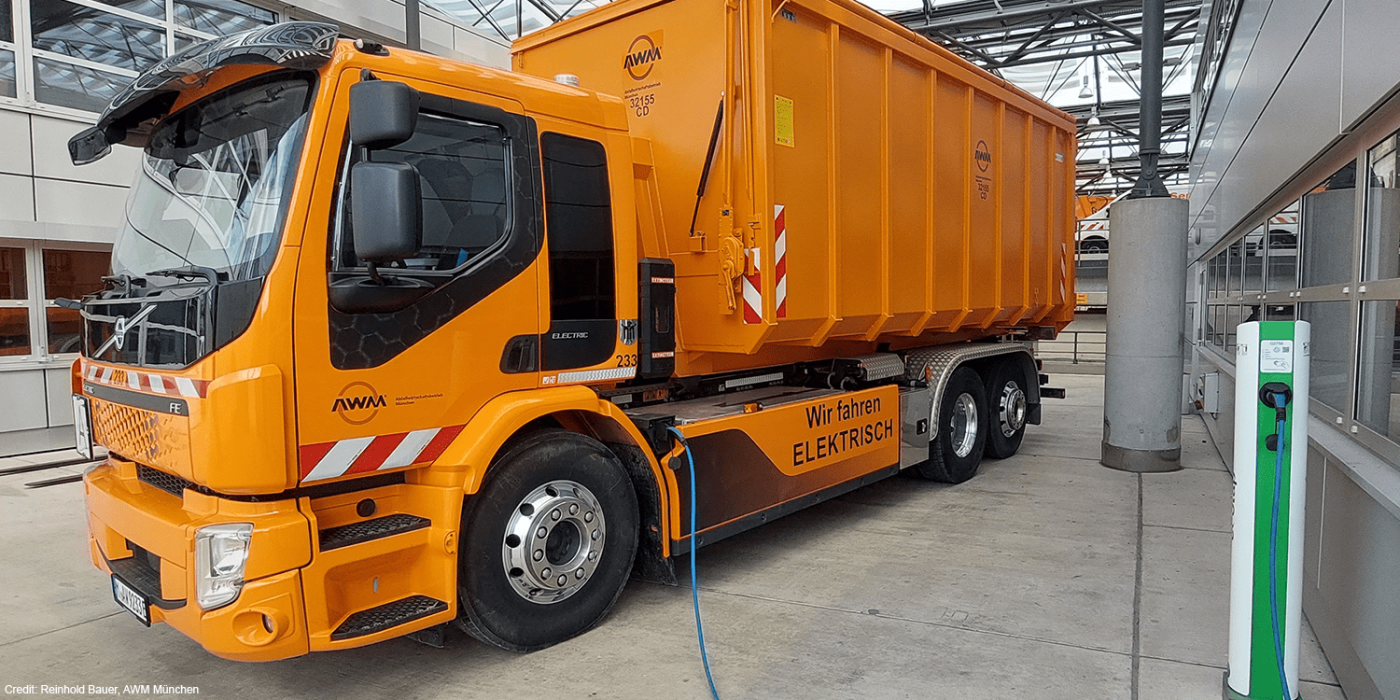
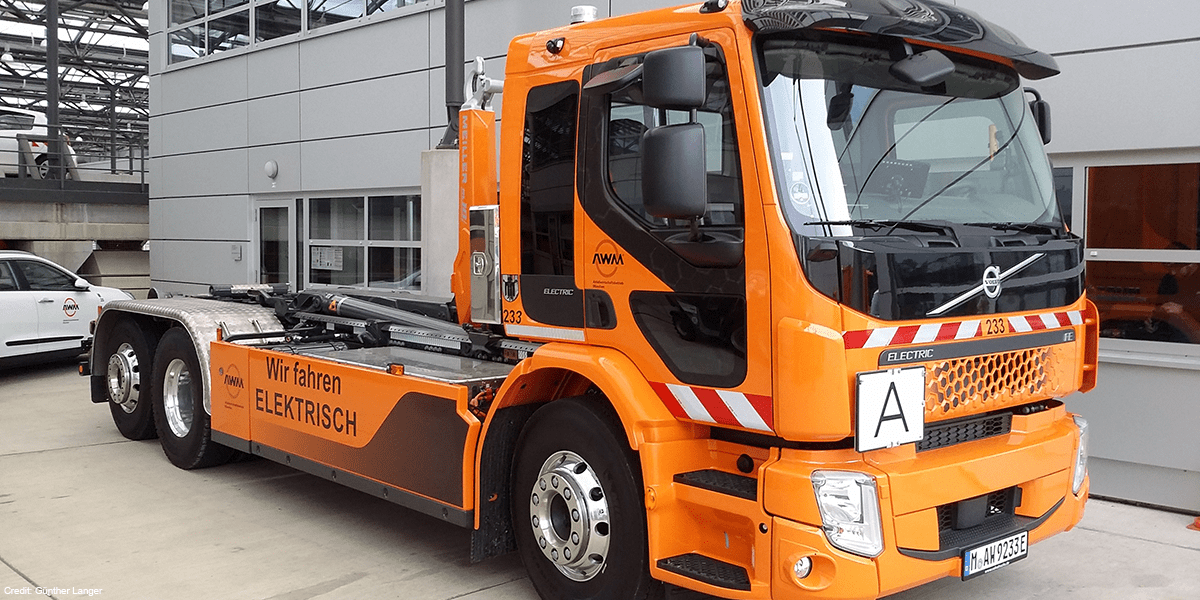
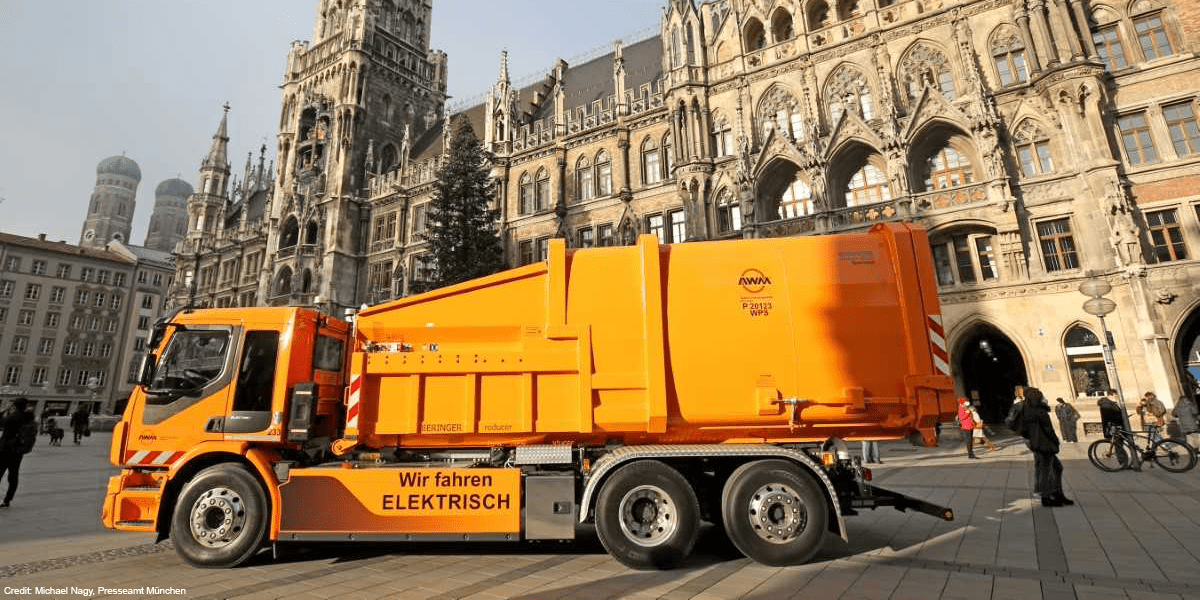
The electric roll-off tipper charges exclusively at the depot, but so far, only AC charging points with 22 kW are available there. So in one hour, the driver only brings ten per cent SoC to his vehicle there. Bauer: “We could double the range if we had our own fast-charging station.” One is now planned for the first quarter of 2022. Until then, the charging process will continue to occur overnight at 22 kW. “For our drivers, the range is already a challenge, but they have learned to make do with the battery capacity or return in time to avoid risking a layover,” he says.
The RL 18 body of the FE Electric comes from Meiller. As a result, the roll-off tipper can be operated safely using a radio remote control. “This gives our drivers a better overview,” explains Bauer, because in addition to environmental protection, AWM also focuses on safety for its personnel. Thanks to the all-electric drive, the body of the roll-off tipper is now also considerably quieter than with a conventional vehicle since the hydraulic pump only runs when the roll-off tipper is actually in operation. The resulting energy savings, in turn, increase the range for the truck.
By 2030, the city of Munich and the waste disposal company plan to convert the fleet of around 250 heavy vehicles to climate-neutral drives and fuels. By summer 2022, AWM will be using 64 natural gas vehicles. In addition, ten partially electrified light refuse collection vehicles, which AWM has built in collaboration with Mercedes, Faun and Zöller, are on the road in a small series. Bauer also envisages testing fuel cell technology. A Faun vehicle with its Bluepower technology has been ordered but will probably not be delivered until October 2022. AWM is also taking advantage of the city and federal funding programs to convert its fleet to alternative drives.
Reporting by Nicole de Jong, Germany.
Editor’s note: For international use cases and models of electric garbage trucks, please also refer to refuse trucks. One of the most recent examples and long-standing models is BYD’s waste collection vehicle, now deployed in New Jersey, USA. Volvo Group’s subsidiary Mack Trucks also makes the Mack LR Electric refuse truck in the US. Across the pond, Westminster City Council and its waste contractor Veolia unveiled a 60-strong fleet of new and ‘upcycled’ electric vehicles in October, among the largest in the UK. This list is not extensive but indicative of the huge potential electrification has for waste management.


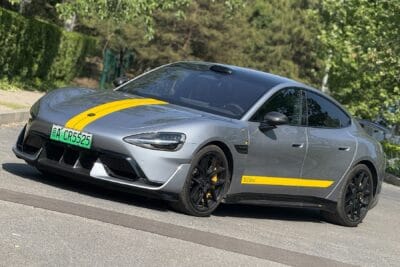

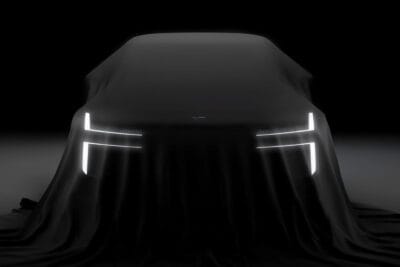
0 Comments